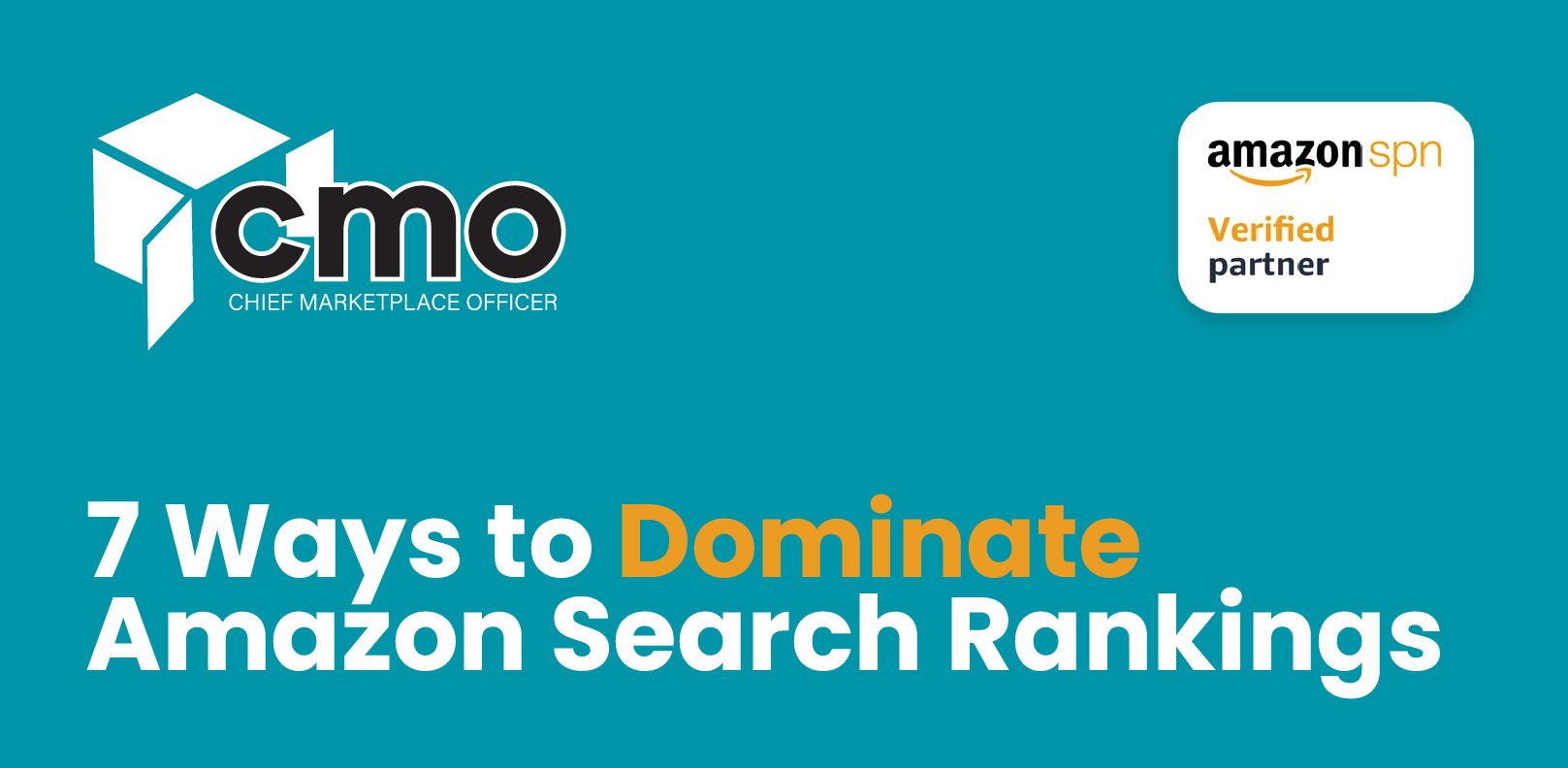Amazon AI Tools: How Sellers Can Leverage AI for Copy, Ads, and Beyond
Artificial Intelligence isn’t just a buzzword anymore—it’s reshaping how businesses succeed on Amazon. From automating repetitive tasks to optimizing ad spend with precision, AI is transforming the way sellers approach copywriting, marketing, and operations.
But here’s the catch: AI isn’t about replacing human strategy—it’s about enhancing it. The brands that thrive are those that blend AI efficiency with human creativity and oversight. In this blog, we’ll explore the most impactful ways Amazon sellers can leverage AI tools, from compelling copy to ad performance, and everything in between.
1. AI for Amazon Copywriting: Faster, Smarter, Sharper
Amazon listings live and die by their words. Titles, bullet points, and product descriptions must do triple duty: satisfy the A9 algorithm, appeal to shoppers, and stay compliant with Amazon policies.
How AI Helps:
- Keyword integration at scale – AI tools analyze search volumes and insert relevant terms naturally.
- Consistent tone – AI ensures your listings maintain a brand-aligned voice across hundreds of SKUs.
- Speed & efficiency – Drafting optimized copy in minutes instead of days.
- Localization – AI-assisted translations adapt your listings for international marketplaces without awkward phrasing.
Pro Tip: AI drafts should never be final. A human editor ensures compliance (no medical claims, no banned terms) and emotional resonance.
2. AI in Amazon Advertising: Precision Targeting Meets Performance
Amazon ads have grown into one of the most complex ecosystems in digital marketing. Manual optimization is no longer enough to stay competitive.
AI-Powered Advantages:
- Bid automation – Adjusts in real-time based on competitor activity and conversion likelihood.
- Predictive targeting – Forecasts which keywords and audiences will drive ROI before you spend.
- Creative testing – AI helps generate multiple ad variations, then learns which version converts best.
- Budget efficiency – Identifies wasted spend and reallocates budget to high-performing campaigns automatically.
With AI running the data crunching, your team can focus on strategy instead of spreadsheet firefighting.
3. AI for Data Analysis: Turning Noise Into Insights
Amazon generates oceans of data—from Brand Analytics to customer feedback. The challenge? Interpreting it quickly enough to act.
What AI Can Do:
- Sentiment analysis of reviews to uncover recurring customer pain points.
- Competitive intelligence by monitoring pricing, review velocity, and keyword shifts across categories.
- Trend detection that highlights emerging search terms or seasonal spikes before your competitors notice.
- Forecasting tools to predict inventory demand and prevent stockouts.
Instead of drowning in reports, AI surfaces actionable insights that directly inform your listing updates, ad spend, and inventory planning.
4. AI in Creative & Visuals: From Images to Video
Words are only half the story—images and videos drive clicks and conversions. AI is making creative production more scalable.
Practical Applications:
- Image enhancement – AI tools automatically improve lighting, remove backgrounds, and sharpen product details.
- Video creation – Generate short, polished videos for Sponsored Brands campaigns without a full production team.
- Personalization – Dynamic visuals that adapt messaging based on audience segments or search context.
- Compliance checks – Automated scans flag images that might break Amazon’s strict listing requirements.
Shoppers buy what they see first. AI ensures those visuals are always optimized, compliant, and conversion-ready.
5. Beyond Copy & Ads: AI Across the Seller Workflow
The real power of AI lies in integration. Forward-thinking sellers are embedding AI across their entire Amazon workflow.
Examples Include:
- Customer service chatbots that handle routine inquiries, freeing up time for complex cases.
- Automated case management that drafts responses for Amazon support tickets.
- Smart repricers that balance competitiveness with profit margins in real time.
- Fraud detection systems that flag suspicious activity and protect your account health.
The result? A more agile business that spends less time firefighting and more time scaling.
Final Thoughts: AI as Your Competitive Edge
AI isn’t a magic wand—it won’t replace strategy, vision, or brand-building. But when used correctly, it becomes a powerful multiplier. AI handles the heavy lifting of data, automation, and optimization, while your team focuses on what only humans can do: storytelling, creativity, and customer connection.
On Amazon, where competition is fierce and margins are thin, AI isn’t optional anymore. It’s the edge that separates the brands who keep up from the ones who break out.
From Automation to Acceleration: Partner With Experts Who Master Amazon AI
At Chief Marketplace Officer, we don’t just experiment with AI—we deploy it strategically to amplify your Amazon growth.
Our team of Amazon specialists:
- Uses AI-driven keyword and copy frameworks to maximize listing performance.
- Implements ad automation systems that cut wasted spend and boost ROI.
- Integrates AI-powered review and data analysis to uncover opportunities faster.
- Builds workflows that combine AI efficiency with human oversight for long-term compliance and success.
Amazon sellers don’t need more tools—they need the right strategy that fuses AI with proven marketplace expertise. That’s where we come in.
Ready to Scale Smarter, Not Harder?
👉
[Book Your Strategy Call with CMO Now]


